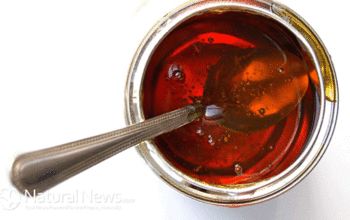Understanding Bunions: Causes, Symptoms, and Effective Treatments
If you’ve noticed a painful bump developing at the base of your big toe, you’re not alone. More than 3 million bunion cases are recorded in the United States each year, making this foot condition a common concern for many individuals. Bunions, medically known as hallux valgus, can cause significant discomfort and impact your daily activities if left untreated.
What Are Bunions?
A bunion is a bone deformity that occurs at the base of the big toe joint, causing the toe to angle toward the second toe and creating a noticeable bony bump on the side of the foot. This condition develops gradually and can be caused by several factors:
- Genetic predisposition
- Wearing narrow or tight shoes
- High-heeled footwear
- Foot structure and biomechanics
Recognizing Bunion Symptoms
Identifying bunions early can help prevent further progression. Common symptoms include:
- Visible bump at the base of the big toe
- Persistent or intermittent pain
- Redness and inflammation around the toe joint
- Restricted toe movement
- Difficulty wearing certain shoes
Conservative Treatments for Bunion Relief
Before considering surgical intervention, several nonsurgical treatments can help manage bunion pain and slow progression:
1. Footwear Modifications
Choosing the right shoes is crucial in managing bunions. Look for:
- Wide toe boxes
- Comfortable, supportive shoes
- Low heels (under 2 inches)
- Shoes made from flexible materials
2. Pain Management Techniques
To alleviate discomfort, consider:
- Over-the-counter pain medications
- Bunion pads and cushions
- Orthotic shoe inserts
- Ice therapy to reduce inflammation
3. Physical Interventions
Specialized treatments can provide additional relief:
- Cortisone injections
- Physical therapy
- Toe alignment exercises
- Foot massage and stretching
Surgical Options for Advanced Bunions
When conservative treatments no longer provide relief, surgical intervention might be necessary. Modern bunion surgery offers several approaches:
Minimally Invasive Procedures
These advanced techniques provide several benefits:
- Smaller incisions
- Reduced postoperative pain
- Faster recovery times
- Minimal scarring
Common surgical procedures include:
- Chevron/Akin procedure
- Scarf osteotomy
- Percutaneous bunionectomy
Preventing Bunion Development
While not all bunions can be prevented, you can reduce your risk by:
- Wearing properly fitting shoes
- Maintaining a healthy weight
- Performing regular foot exercises
- Using orthotic supports
- Avoiding prolonged periods in high heels
When to Seek Professional Help
Consult a podiatrist or foot specialist if you experience:
- Persistent foot pain
- Visible toe misalignment
- Difficulty walking
- Significant bunion progression
Remember, early intervention can prevent further complications and provide more effective treatment options. With proper care and timely treatment, you can manage bunions and maintain healthy, pain-free feet.





